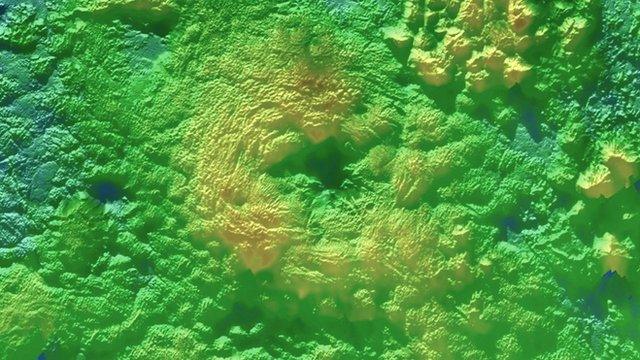Ice volcano spotted erupting on Michigan beach
- Published
- comments
Check out these amazing ice volcanoes
Some rather cool ice volcano 'eruptions' have been spotted at a beach in Michigan in the United States.
But what exactly are they, and how are they made? Experts at Michigan Technological University have the answer.
They say the cone-shaped pieces of ice form at the edge of an ice shelf, when a large piece of ice flows down to a coastline.
Then strong winds from the shore force big waves under the ice shelf.
These waves push up ice and water from underneath the shelf - this slush 'erupts' out of the cones, creating 'ice volcanoes'.
Unlike normal volcanoes, they do not spew out hot, molten magma but they can still be pretty big, with cones reaching as high as eight metres!
But what about other amazing natural phenomena around the world?
Frozen methane bubbles, Canada
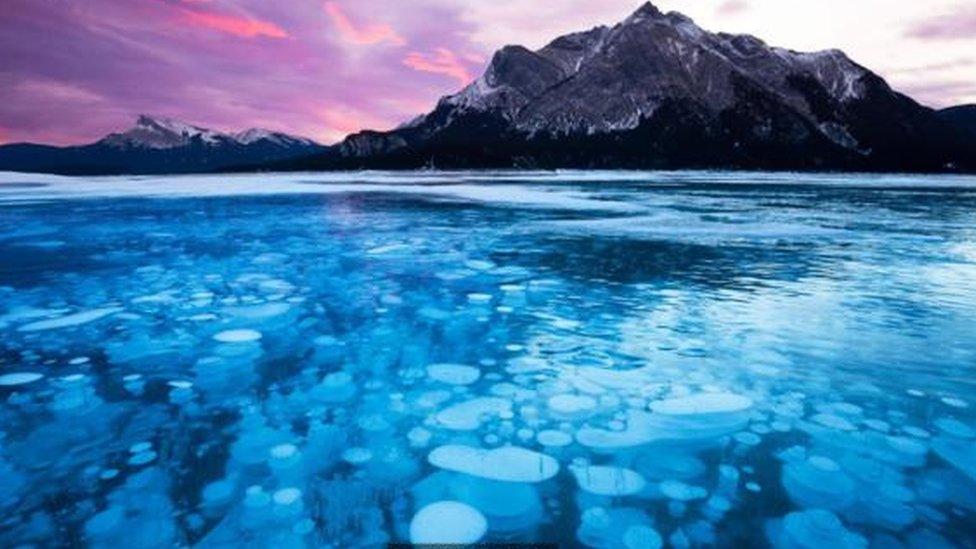
Incredible bubbles of frozen gas in a Canadian lake
This lake in Canada is full of frozen methane bubbles.
Pockets of gas get trapped underwater and turn into ice, forming a spectacular landscape.
This strange occurrence is normally found in places like Lake Abraham in Canada.
It happens when objects like dead leaves and grass fall into the water, sink, and are eaten by bacteria that produce methane.
The gas is released as bubbles that transform into tens of thousands of icy white disks when they come into contact with frozen water.
It might look beautiful but this greenhouse gas not only warms the planet, but it is also highly flammable.
Blood Falls, Antarctica
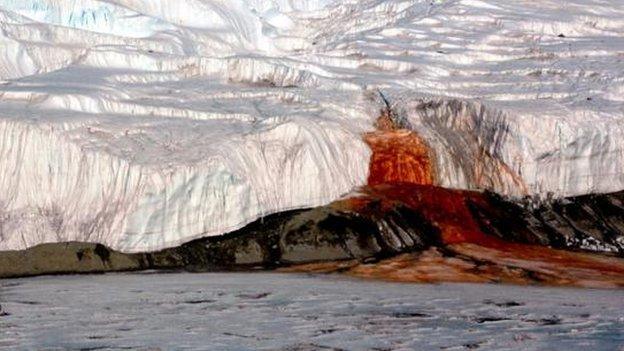
The name says it all. Blood Falls looks like blood pouring onto snow and is almost creepy.
But despite the name, it isn't actually blood. It's water dyed by red algae.
If you want to see it this freaky sight then there are only two ways to get to it - and that's by helicopter or cruise ship.
Fairy Circles, Namibia

The Fairy Circles are millions of circular honeycomb-like patches across the Namib Desert in Southern Africa.
These disks of bare soil, known as fairy circles, look as if giant moths have chomped through the vast carpets of grassland.
There are lots of theories as to what causes the patches.
Some scientists have suggested radioactive soil, or that certain toxins released from plants kill the vegetation around them in circular patterns.
Others believe the circles are the work of sand termites.
- Published4 February 2019
- Published13 September 2016
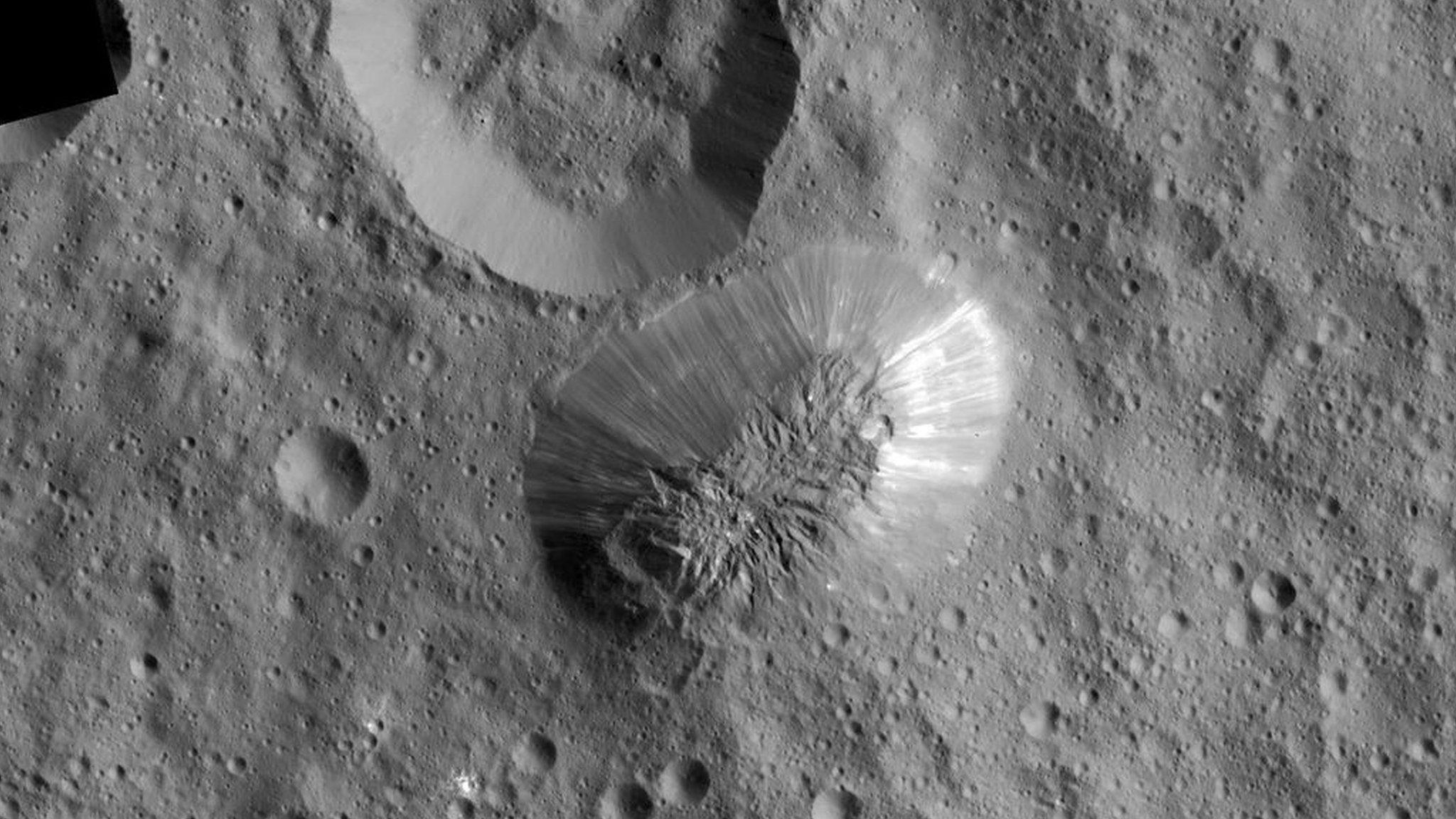
- Published4 July 2019
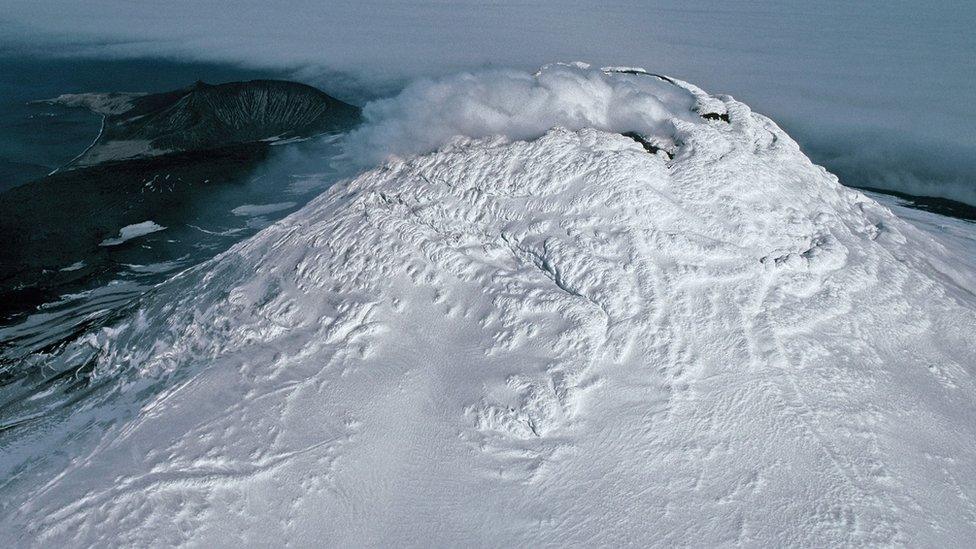
- Published10 November 2015
